Törley: The legendary Hungarian champagne maker and marketing genius
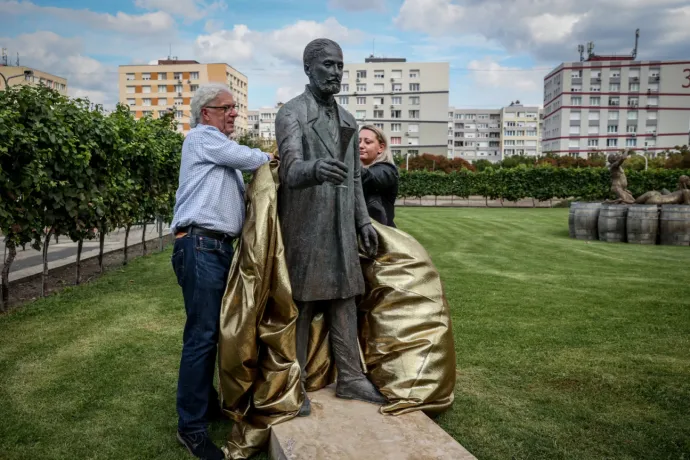
József Törley lived barely 49 years, but he created a company that has so far sold one billion bottles of sparkling wine. Not many know, but his winery in Budafok was not his first; it all started in Reims, France.
József Törley registered his sparkling wine business, „József Törley and Co.” („Törley József és Társa”), at the Budapest Court of Registration a little over 140 years ago, on 1 August 1882. We went to Budafok, where associates at the Törley Sparkling Wine Cellar told us about the company’s history and showed us the cellars, the museum, and their products. Though József Törley only lived 49 years, his life was truly fantastic, full of both humorous and tragic stories, his innovative marketing strategies helped build a long-lasting brand. The talented businessman died 115 years ago, but his name survived, and by now, he and his successors have sold over a billion bottles of sparkling wine under the Törley brand. With the help of the brand manager of Törley, Tamás Lőrik, we collected the best stories about Törley and his sparkling wine.
1. Who invented sparkling wine?
Everyone credits themselves with inventing it: the Germans, the Italians, the French. But let us be romantic. According to the most well-known anecdote about the origin of sparkling wine, Dom Pierre Pérignon, a Benedictine monk and cellar master of the Hautvillers monastery who also dabbled in blending grapes and used wire-fastened cork was the first to make it. Either he put a few bottles aside for his own enjoyment, or, more charitably, he wanted to surprise his friends at Christmas; either way, upon opening the bottle there was an audible pop, and sparkling wine was born.
2. It was a royal’s privilege at first
In its early days, it was referred to as the devil’s drink, as the technology at the time meant six out of every 10 bottles exploded, which made it so expensive that only the richest – mainly royals – could afford it. Industrial production of sparkling wine only began around 1730, unsurprisingly in Reims, the city where French kings were crowned.
3. The Törley-family
The South Hungarian Törley family produced many notable soldiers. Törley’s father, Bálint Törley served in Lajos Kossuth’s army during the 1848 revolution, and even followed him into exile. After returning home, he was so proud of his emigration, that he signed every official letter as „Bálint Törley, ex-emigrant”.
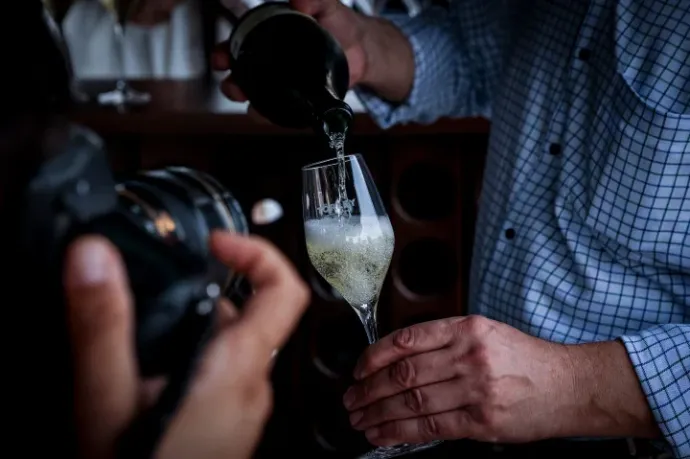
4. József, the youngest son
József Törley was Bálint Törley’s third and youngest son. He was born in Szabadka (today’s Subotica, Serbia) on the 10th of January 1858, and passed away in Oostende, Belgium on the 28th of July 1907. As he could not count on getting an inheritance, he enrolled at the Academy of Trade in Graz, where he learnt both French and German. He first worked at the French Roederer sparkling wine cellar, then at Delbeck & Cie. and afterwards, though few know this, he established his first business in the French city of Reims in 1880.
5. Promontor, or rather, Budafok
Törley returned home in 1882 to buy some base wine needed to make sparkling wine. He was pleasantly surprised by the favourable climate and fertile soil he found in Etyek, and the cellar-system in Promontor (now Budafok), so much so that he moved his business to Hungary that same year.
The wine cellar was cutting-edge: it had its own crate manufactory, pulleys, and lifts as well. By the end of the 19th century, the company had made 300 thousand bottles, a number which increased over threefold to a million by the beginning of the 20th century.
6. A love affair with the motorcar
József Törley had another passion, the motorcar. There is disagreement about whether his was the third or the fifth Hungarian driver’s license, but we can be sure he was the first in two things. He was the first to use the motorcar as freight transport, and the cause of the first documented road accident in Hungary. While working, a street sweeper carelessly stepped onto the road and was hit by Törley’s car, which was racing at 20kph. Luckily no one was seriously hurt, and Törley smoothed the minor accident over with a few days’ wages and a few crates of sparkling wine. There were at this time, of course, no road safety rules.
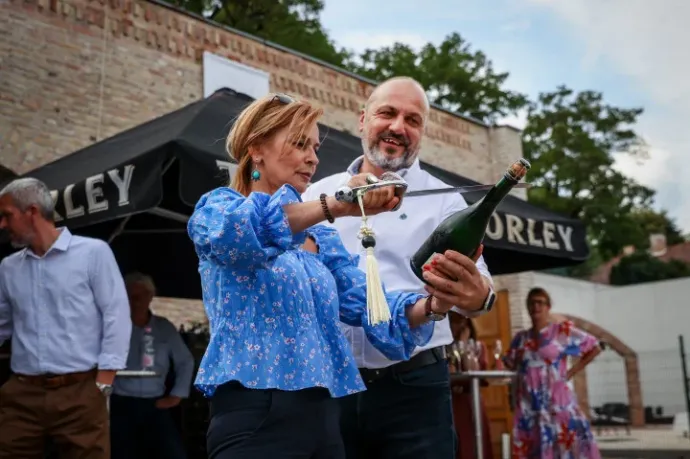
7. The rich and prominent entrepreneur
Törley, being the successful businessman that he was, received an aristocratic title from Franz Joseph I. He took the name “of Csantavér”. The now-Serbian city was later home to singer Heni Dér, but also to people whom the city is probably less proud of, namely the serial killers Szilveszter Matuska and Csaba Dér.
8. A natural marketing talent
József Törley was a marketing genius. After buying a truck from France, he had it brought home with a huge “Törley” logo painted on the side.
But that was not all. He advertised in every possible way, his posters were created by the most famous graphic designers of the time. His ideas were also sometimes more peculiar. When visiting restaurants, bars and hotels, he was usually well received, but if a place did not want to sell his products, he sent people who would make a big fuss and shout that they wanted Törley sparkling wine. After two or three such visits, the product would usually be added to the menu.
He was also well-versed in law, and was sure to trademark everything, from brand names to shapes, logos, and typefaces, and anyone who tried to copy or steal ideas would find themselves in court in an instant.
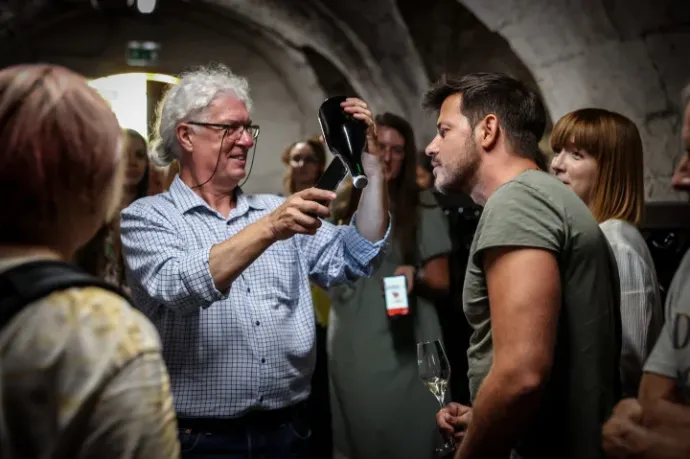
9. The tragic 25th birthday
In 1907, the company celebrated its 25th birthday. Törley’s castle – today the home of the Radiobiology Institute – was grand, and his wife, Irén Sacelláry, the daughter of a rich Greek merchant and banker had inherited a similarly lavish home of her own nearby. It was in the year of the extravagant celebration that the businessman died of appendicitis in Ostend. The couple had no heir, as they had lost their only daughter years before. Törley’s company was passed on to his nephews.
Sparkling wine and women
For a long time, sparkling wine was sweet and considered a woman’s drink. Women also had a big influence on its popularisation and development. The riddling rack, an important innovation, was invented by Barbe-Nicole Ponsardin, famously known as Madame Clicquot. One of the most iconic glasses, the champagne tulip, supposedly imitates the left breast of Jeanne-Antoinette Poisson, or Madame de Pompadour, Louis XV’s official concubine.
A quote from the famous French fashion designer Coco Chanel has become quite famous:
“I only drink champagne on two occasions: when I am in love, and when I am not.
Marlene Dietrich also believed that
“champagne makes every day a Sunday”
10. International success
Sparkling wine was a popular drink in Germany, France and overseas even before the first world war. The wine cellar produced two million bottles a year using traditional methods, meaning that the cellars needed to fit eight to ten million bottles, as maturing took three to four years. Quality was so important that, if a vintage was not up to standard, it was thrown out:
“our brand name shan’t be damaged by imperfect product.”
11. The War
Over the course of the second world war, the industrial area of Csepel was a prime target for the Allies’ war efforts, and it was too close to the wine cellar. Being only around one or two kilometres away from the factory, the carpet-bombing destroyed the building, and almost all the sparkling wine and base wine. There were times when only four workers remained, and yet Törley sparkling wine never stopped being produced in Budafok.
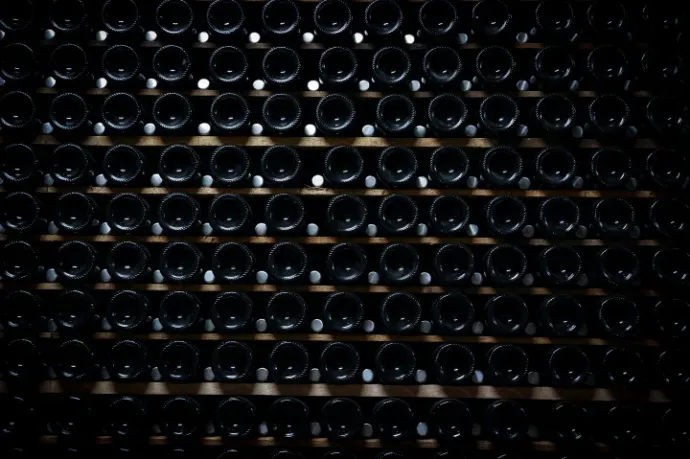
12. Under communism
After the second world war ended, the Törley family complained that the Soviets were stealing from them, and surviving correspondence suggests the family requested the state do something about it. And do something they did: the family were deported and their business nationalised. At first, the communists did not have the taste for such a western thing as sparkling wine, but production gradually came back into full swing. As well as producing sparkling wine by the bottle, they started making it by the barrel. In the eighties they even hit 30 million bottles in one year, sending them to the Soviet Union and the GDR.
What do you need to make sparkling wine?
The three components of sparkling wine are good quality base wine, sugary tirage liqueur and yeast. These are then mixed with precision, resulting in a sugar content of 24g/l and poured into a bottle. During fermentation, sugar causes a pressure increase of one atmosphere per every four grams. The bottle is then stored for two to four years. In this timeframe, the yeast first processes the sugar then exhausts itself, dying and becoming lees, giving the sparkling wine its unique flavour. To achieve this, the sparkling wine has to be moved and rotated. The last key step is to disgorge the sparkling wine, that is, remove the sediment accumulated in the bottle.
13. Privatisation and colours
With the change in economic systems came a German investor. Henkell & Co. Sektkellereide is the world's biggest sparkling wine company, with many subsidiaries, but production of Törley remains truly Hungarian: it is made of Hungarian base wines, produced in Hungary, with Hungarian employees. In fact, Törley’s traditional colours remain the same green, purple, and black they have always been. After privatisation, the new German owner did not care for the colours, which he deemed “parrot-like”, but asked for market research to be done before changing them. It turned out that for the most part, Hungarians recognised colours better than they did brand names, so the colours stayed.
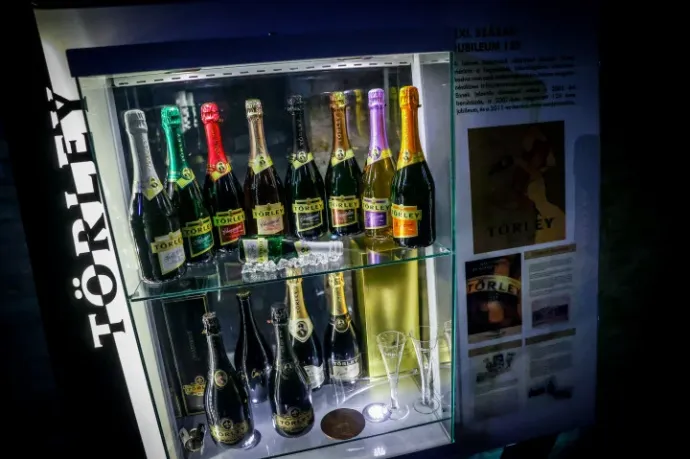
14. The market today
Törley products are sold all over. The brand has a 35 percent share of the Hungarian market, while the group as a whole has around 60-70 percent. Surprisingly, Estonia plays an important role among the foreign markets. While in Hungary 9.7 million people buy 7 million bottles a year, in Estonia 1.4 million people purchase 1.1 million bottles, which is the highest per capita consumption of Törley. The company is also popular in Vietnam for its sweet sparkling wines, and is also successful in Nigeria.
Translation by Allen Benjámin Zoltán.
If you enjoyed this article, and want to make sure not to miss similar ones about Hungary, subscribe to the Telex English newsletter!